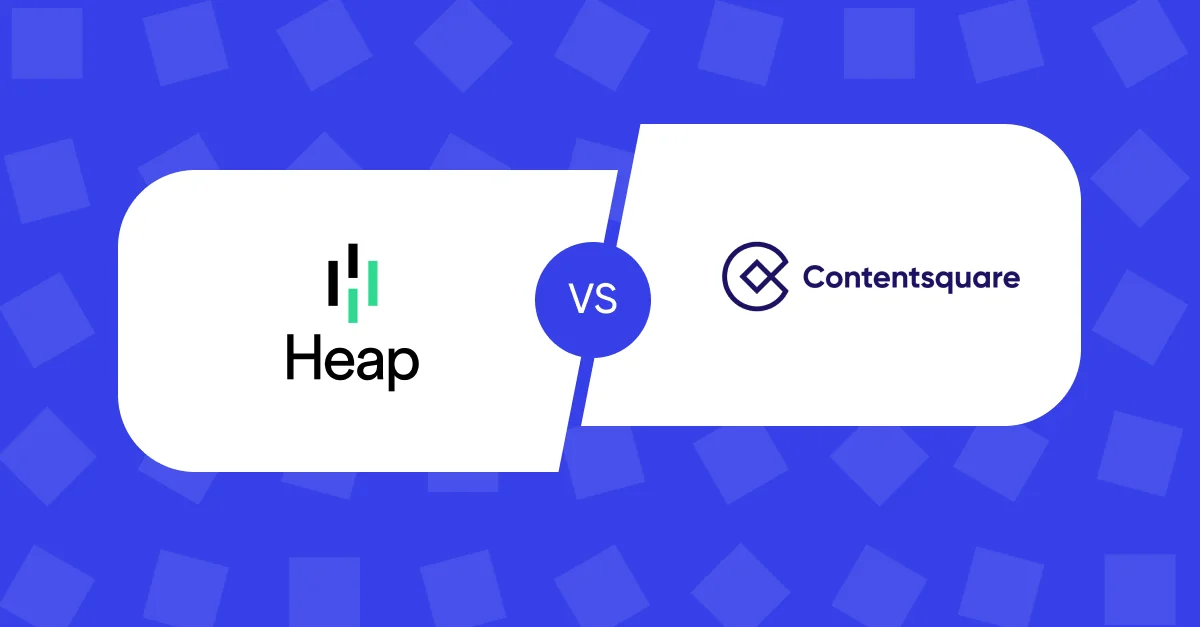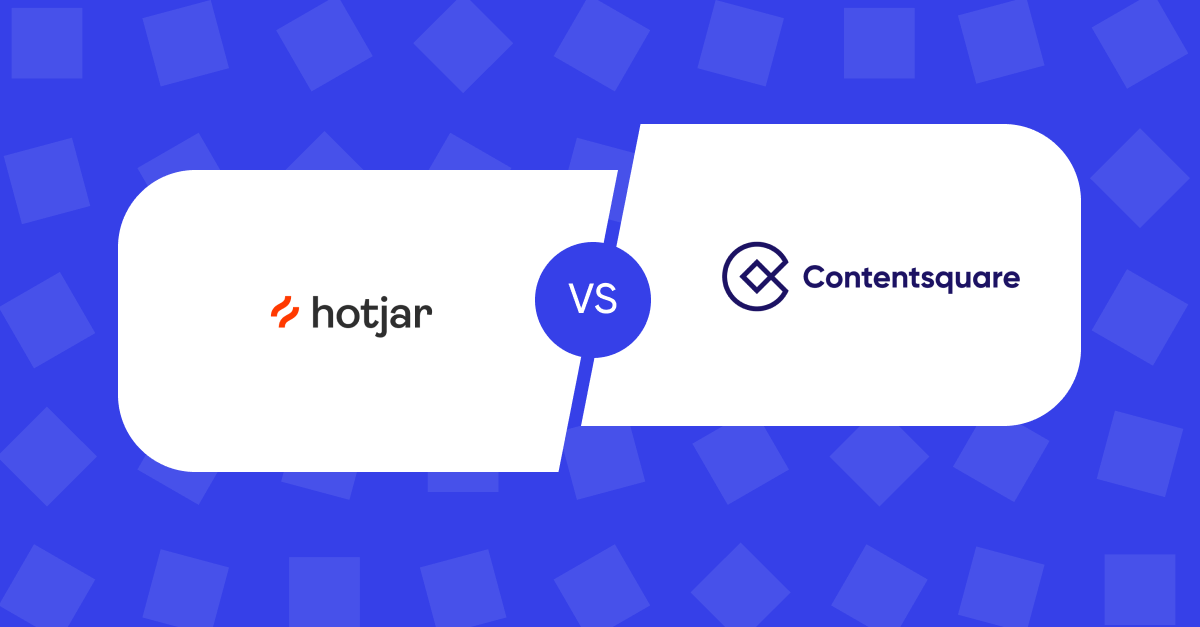Categorical vs Quantitative Data: Which Holds More Insights?

When it comes to analyzing data, differentiating between categorical and quantitative data is vital. In this article, we will examine the characteristics of these data types and determine their respective strengths and limitations. Whether you’re a researcher, student, or data analyst, understanding this topic will enhance your ability to interpret data effectively.
Categorical vs Quantitative Data: A Comparative Analysis
To better understand the distinctions between categorical and quantitative data, let’s compare them side by side in the following table:
| Categorical Data | Quantitative Data | |
| Type of Values | Labels or categories | Numerical values |
| Nature | Qualitative | Quantitative |
| Mathematical Operations | Limited (frequencies, proportions) | Extensive (mathematical calculations, statistical analysis) |
| Level of Measurement | Nominal or ordinal | Interval or ratio |
| Examples | Colors, genders, car types | Height, weight, temperature |
Categorical Data
What is Categorical Data?
Categorical data, also known as qualitative or nominal data, comprises information that can be grouped into distinct categories or labels. It conveys descriptive details about the qualitative attributes or characteristics of an object, individual, or event. Common examples include colors, genders, and types of cars, or simple yes or no responses.
Analyzing Categorical Data
Categorical data is non-numeric and often expressed using words or labels. Since it does not provide numerical numbers, it is not amenable to mathematical operations or calculations. Instead, categorical data is analyzed using frequencies, proportions, or percentages.
Quantitative Data
What is Quantitative Data?
In contrast to categorical data, quantitative data consists of numerical insights that represent quantities or measurements. It provides insights into the magnitude, size, or amount of something. Quantitative data can be further classified into discrete and continuous data.
Discrete vs Continuous Data
Discrete data consists of whole numbers or counts, representing data that can only take specific values. Examples include the number of students in a class or the number of books on a shelf. On the other hand, continuous information represents measurements that can take any value within a specific range, such as weight, height, temperature, or time. Continuous figures is often analyzed using statistical measures like mean, median, or standard deviation.
In conclusion, categorical and quantitative data each play unique roles in data analysis. While categorical data provides descriptive information about qualitative attributes, quantitative data offers numerical values for measuring and analyzing quantities. Understanding the differences between these two data types is essential for accurate and meaningful data interpretation. Whether you’re examining consumer preferences, conducting research, or making data-driven decisions, comprehending when and how to utilize categorical or quantitative data will enable you to extract valuable insights from your data effectively.
Do you have questions?
Quantitative variables are those that encompass data representing quantities, such as measurements of height, weight, or age. On the other hand, categorical variables encompass data that represent groups, including rankings (such as finishing places in a race), classifications (such as brands of cereal), and binary outcomes (such as coin flips).
Categorical variables are used to classify data into distinct groups or categories. They encompass various types of information, such as race, sex, age group, and educational level. These variables help organize and categorize data according to specific attributes or characteristics.
Despite being qualitative in nature, categorical data can sometimes be represented by numerical values. However, it’s important to note that these numerical values lack quantitative properties, meaning they cannot be subjected to calculations. Additionally, depending on its characteristics, categorical data can be categorized as either binary or nonbinary.



